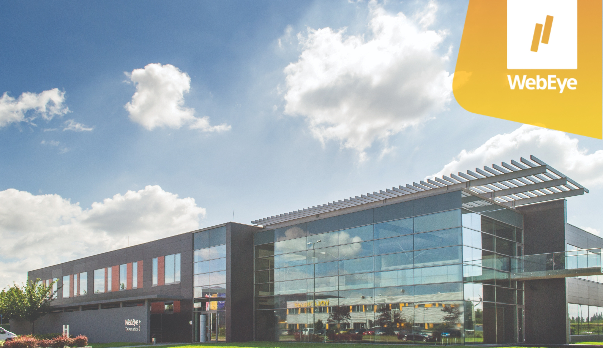
The beginning
Although the connection between information technology and road transport dates back to the mid-twentieth century, with the tachograph coming to a date, the real breakthrough was the use of GPS satellites and the civil use of vehicle tracking. That was the point when the inevitable player of the domestic market, WebEye joined in business telematics. The predecessor of WebEye, Lambda-Com started operations in 2001 as a garage company. Communication and simple decision-making mechanisms usually typical for small organizations had to be redesigned right after the first decade.
By 2005, the company had already been a market leader in Hungary and two years later the first cross-border market in Romania was opened. In 2012 they started to extend their services to the entire European market by establishing WebEye International. Initially, the biggest task was to provide the necessary data via a GSM-based communication channel and to manufacture the hardware functioning in the harshest environmental conditions. Current market trends and data needs cause both technoological and organizational challenges for the company that in the meantime grew the number of its employees to more than 300.
Mobility-as-a-service
With mobile devices and ever-accelerating data transfer capabilities, user expectations have also changed. In addition to data extracted from your own hardware, freight forwarders and other road haulage companies require external data from external sources. They want to see all the factors affecting their business performance in an easy-to-understand system. Three-quarters of the logistics will continue to be on public roads, but due to the explosive technological progression, by 2030, transport costs and time will be reduced by almost half, while the utilization of vehicles will triple *. The most important direction of recent years is that, with the emergence of various smart tools, market participants consider road logistics as a service, ie the Mobility-as-a-Service approach becomes the dominant one. Riding the waves WebEye decided to preserve and strengthen their regional market leading position more efficiently with a multidimensional transformation.
Our goals for 2023 are to increase the number of telematics endpoints we manage from 64,000 to 200,000, double our sales revenue, increase our export ratio to over 80% and introduce a corporate governance and financial system that support this," said Pál Németh, CEO of the newly established WebEye Telematics ltd. The foundation of the ambitious international plans has already been built: in the last two years, the company has built a strong management and a development center in Hungary, aiming primarily the CEE logistics market. The long-term goal is not in disguise: the ideal crowning of the successful period would be WebEye using the stock market to capitalize on even more ambitious aspirations. The first significant step towards an entry into the stock market was to manage a vertical merger of Lambda-Com and WebEye International into a joint successor, named WebEye Telematics ltd.